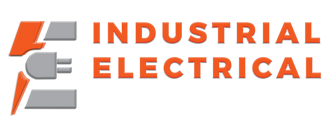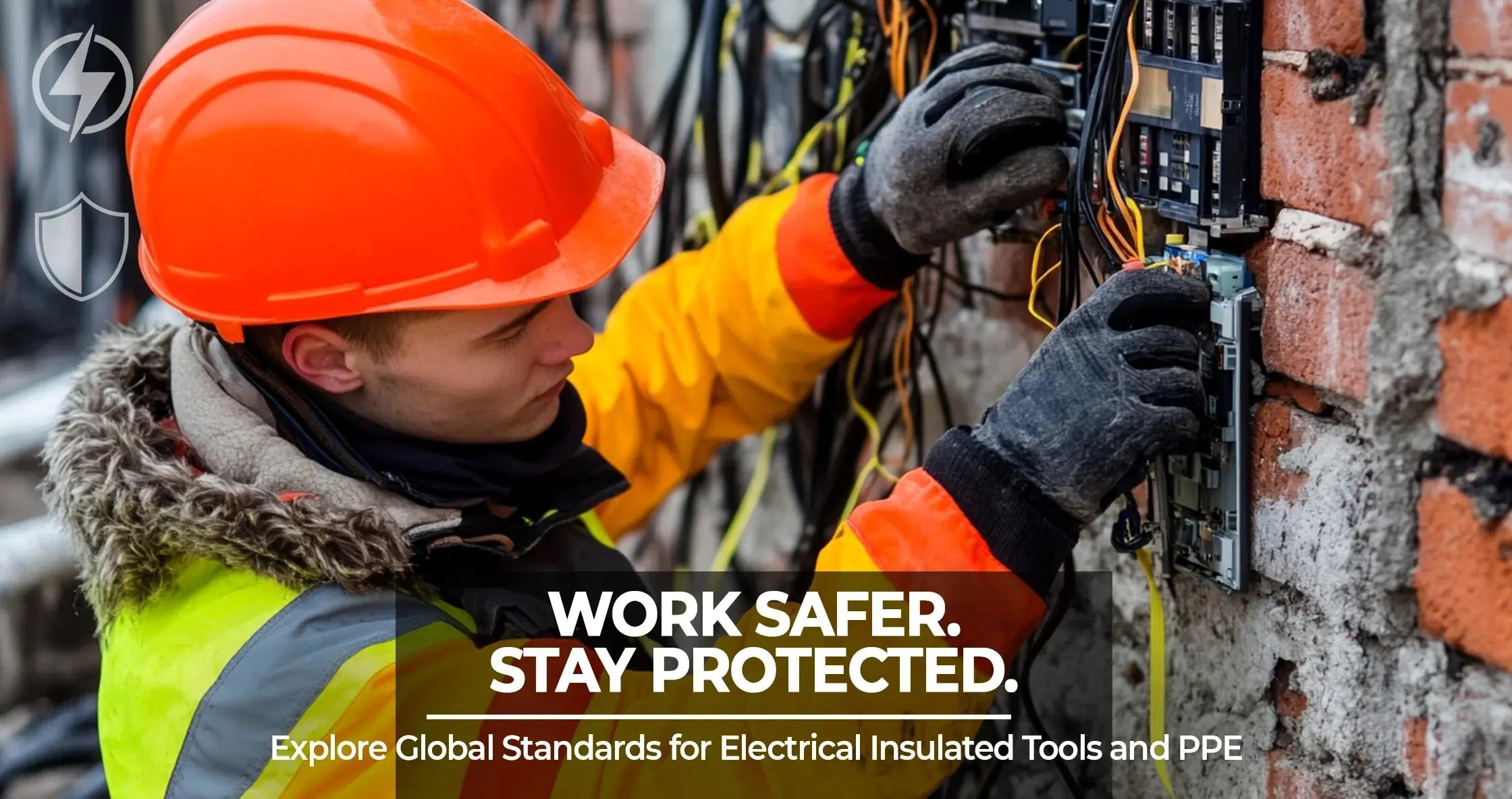When it comes to electrical work, safety is not just a priority—it’s a necessity. One of the most vital components of electrical safety is the proper use of electrical insulated tools and Personal Protective Equipment (PPE). These items are specifically designed to reduce the risk of electrical shock, arc flashes, and other potentially fatal accidents. In this blog, we dive into the world of insulated tools and electrical PPE, explore global standards, and help you identify the best equipment for different job settings.
What Are Electrical Insulated Tools?
Electrical insulated tools are hand tools that have been specifically designed and tested to provide protection against electrical shock. These tools are typically rated up to 1,000 volts and are made with insulation materials such as rubber or plastic that prevent electricity from reaching the user’s body.
Common examples of electrical insulated tools include:
- Insulated screwdrivers
- Pliers and cutters with insulated grips
- Insulated torque wrenches
- Socket sets and ratchets with insulation
These tools are crucial for professionals working on live electrical panels, switchboards, circuit breakers, and industrial installations.
Importance of Electrical PPE
While insulated tools help prevent direct contact with live circuits, PPE provides additional layers of protection for the electrician’s body. Electrical PPE includes:
- Insulated gloves
- Flame-resistant clothing
- Arc-rated face shields
- Safety glasses
- Electrical helmets or hard hats
- Dielectric boots
Together with insulated tools, this gear forms a comprehensive electrical safety system.
Global Standards for Electrical Insulated Tools and PPE
Different countries adopt varying safety standards and regulations for electrical work. Here’s a closer look at what some countries require:
United States (OSHA & NFPA 70E)
- Insulated Tools: Must comply with ASTM F1505 standards.
- Gloves: Rated under ASTM D120.
- Arc Flash Clothing: Compliant with NFPA 70E; hazard risk categories (HRC) or PPE Categories (1 to 4).
- Voltage Detectors and Protective Shields are often required for tasks above 50V.
Australia and New Zealand (AS/NZS Standards)
- Tools: AS/NZS 3120 compliance for insulated hand tools.
- PPE: AS/NZS 4836 for arc flash protective clothing and equipment.
- Mandatory risk assessments before live work.
United Kingdom (BS & IEC Standards)
- Insulated Tools: Must conform to BS EN 60900/IEC 60900.
- Gloves & PPE: Follow the PPE Regulation (EU) 2016/425 and IEC 61482 for arc flash.
European Union (EN & IEC Standards)
- Insulated Tools: EN 60900 or IEC 60900 certified.
- PPE: EN 61482 for arc flash protection.
- Employers are responsible for ensuring proper PPE fit and use under the EU PPE Directive.
Philippines (OSH Standards)
- Tools: Often import IEC 60900 compliant tools.
- PPE: Requires gloves, arc-rated clothing, and protective face gear under the DOLE Occupational Safety and Health Standards.
Key Differences in Insulated Tools and PPE Requirements by Country
|
Country |
Tool Standard |
Arc Flash Standard |
Gloves Rating |
|
USA |
ASTM F1505 |
NFPA 70E |
ASTM D120 |
|
Australia/NZ |
AS/NZS 3120 |
AS/NZS 4836 |
EN/IEC standards |
|
UK |
BS EN 60900 |
IEC 61482 |
EN 60903 |
|
EU |
EN 60900 |
EN 61482 |
EN 60903 |
|
Philippines |
IEC 60900 |
DOLE OSH Standards |
IEC/EN standards |
Best Uses of Electrical Insulated Tools and PPE
Residential Work
- Tools Needed: Insulated screwdrivers, pliers, and multimeter.
- PPE: Basic safety gloves and protective glasses.
- Common Tasks: Replacing outlets, wiring light fixtures.
Commercial Installations
- Tools Needed: Full insulated toolkits with torque drivers, cable cutters.
- PPE: Flame-resistant clothing, gloves, safety boots.
- Common Tasks: Panel wiring, load testing, conduit installation.
Industrial and Utility Work
- Tools Needed: 1,000V-rated insulated ratchets, torque wrenches, voltage detectors.
- PPE: Arc flash suit, dielectric boots, Class 00-4 gloves depending on voltage.
- Common Tasks: Substation maintenance, transformer testing.
Tips for Choosing the Right Electrical Insulated Tools and PPE
- Always Check the Voltage Rating – Never use tools or gloves not rated for the voltage you’re working on.
- Look for Certification Marks – Ensure compliance with IEC, ASTM, or local regulatory standards.
- Inspect Before Each Use – Cracked or worn insulation can render tools unsafe.
- Replace Damaged PPE – If gloves or face shields show damage, replace immediately.
- Training is Essential – Proper use and maintenance of tools and PPE should be part of every technician’s training.
Conclusion
In high-risk environments, electrical insulated tools and PPE are non-negotiable. Not only do they protect lives, but they also ensure compliance with national and international safety standards. Whether you're working on residential wiring or industrial switchgear, having the right gear can mean the difference between safety and catastrophe.
To shop for certified electrical insulated tools, arc-rated PPE, and accessories, browse our comprehensive inventory and equip yourself with safety-first gear that meets global standards.


